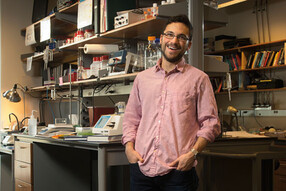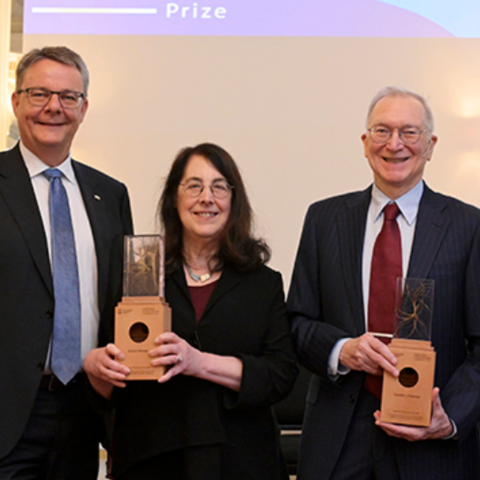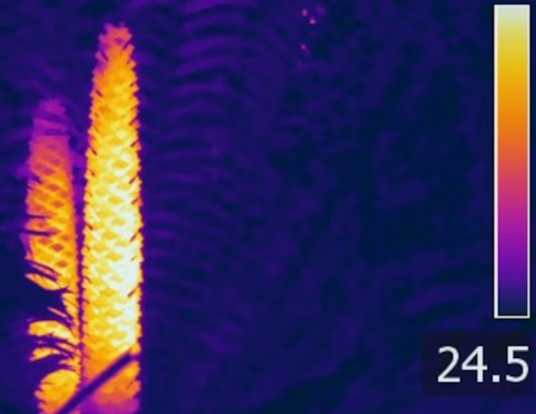Telling the Story of Science: Grigori Guitchounts
The neuroscience society
During January 2014, the GSAS workshop ComSciCon Local helped young researchers learn how to communicate complex and technical ideas in a way that makes them vivid and comprehensible to a broad audience. Organized by Communicating Science, an organization founded and run by PhD students from Harvard and MIT, the workshop culminated with students preparing brief articles that answered the question, “What surprising role will your field take in explaining, shaping, or solving a problem faced by society this century?” Below is one student’s response. This is part two of a four part series.
The Neuroscience Society

Despite the recent media frenzy about all things neuro, from neurolaw to neuromarketing and brain games, drinks, and apps, most neuroscience research today is conducted with the ultimate goal of curing brain diseases, which take a great economic and emotional toll on our society.
Curing disease is of paramount importance, but it may turn out to be one of the simpler endeavors of future neuroscience. Understanding how the brain works might be the more complicated part. And to really understand something, you have to build it.
While most current technical efforts are aimed at reverse-engineering the brain (figuring out how the brain works by taking it apart), future neuroscience will guide forward-engineering. Given our accumulated knowledge of how the brain works, we will be able to create machines that mimic or replace brain function.
At Harvard, David Cox’s lab is working toward reverse-engineering the biological visual system by gathering neural data from experiments in rats, and then applying those lessons to forward-engineer better computer vision systems. Computer vision and facial recognition systems such as Facebook’s, as well as neural prosthetics that replace faulty senses or add novel ones (like artist Neil Harbisson’s “eyeborg”), are just a few examples of ground-breaking neural research already being put into practice.
In addition to advances in computation, understanding the brain as a machine could also provide solutions to mental illnesses faced by millions. Knowledge of the neural mechanisms behind common disorders like depression or anxiety could guide behavioral treatments that help afflicted people live happy, productive lives.
A recent study at MIT showed that old, deeply ingrained fear memories, typically difficult to forget, were easily extinguished with the help of a molecule that promotes malleability of neural circuits. When mice underwent fear-conditioning, their traumatic memories were malleable for a short period of time, during which neuronal chromatin—packets in which DNA is stored—was relatively plastic. If the memories were allowed to age, however, the associated chromatin lost its plasticity and the memories became hard to attenuate. Using a drug that promotes chromatin malleability, the researchers showed that the old fear memories became just as easy to extinguish as new ones. This research could one day be combined with PTSD therapy to help patients lose negative associations to known stressors.
We are still far from being able to reap the full benefits of neuroscience, but treating the brain like a machine will eventually allow us to fix or alter it to our liking. Humans have been striving to take control over nature since the dawn of time—by building fires and homes, by domesticating wild animals and cultivating the land, and by creating technology in all its forms. A deep understanding of the brain could give humans the ultimate control: control over the self.
And while this struggle for self-improvement is a familiar theme, the potential of neuroscience to make a positive contribution isn’t well appreciated. We forget that our entire selves—our minds, personalities, and emotions—are a product of data-crunching neurons. Manipulating these neurons could not only relieve illness, but change what it means to be human.
Grigori Guitchounts is a first-year PhD candidate in the Division of Medical Sciences (neurobiology)
Photo by Ben Gebo
Get the Latest Updates
Join Our Newsletter
Subscribe to Colloquy Podcast
Simplecast





